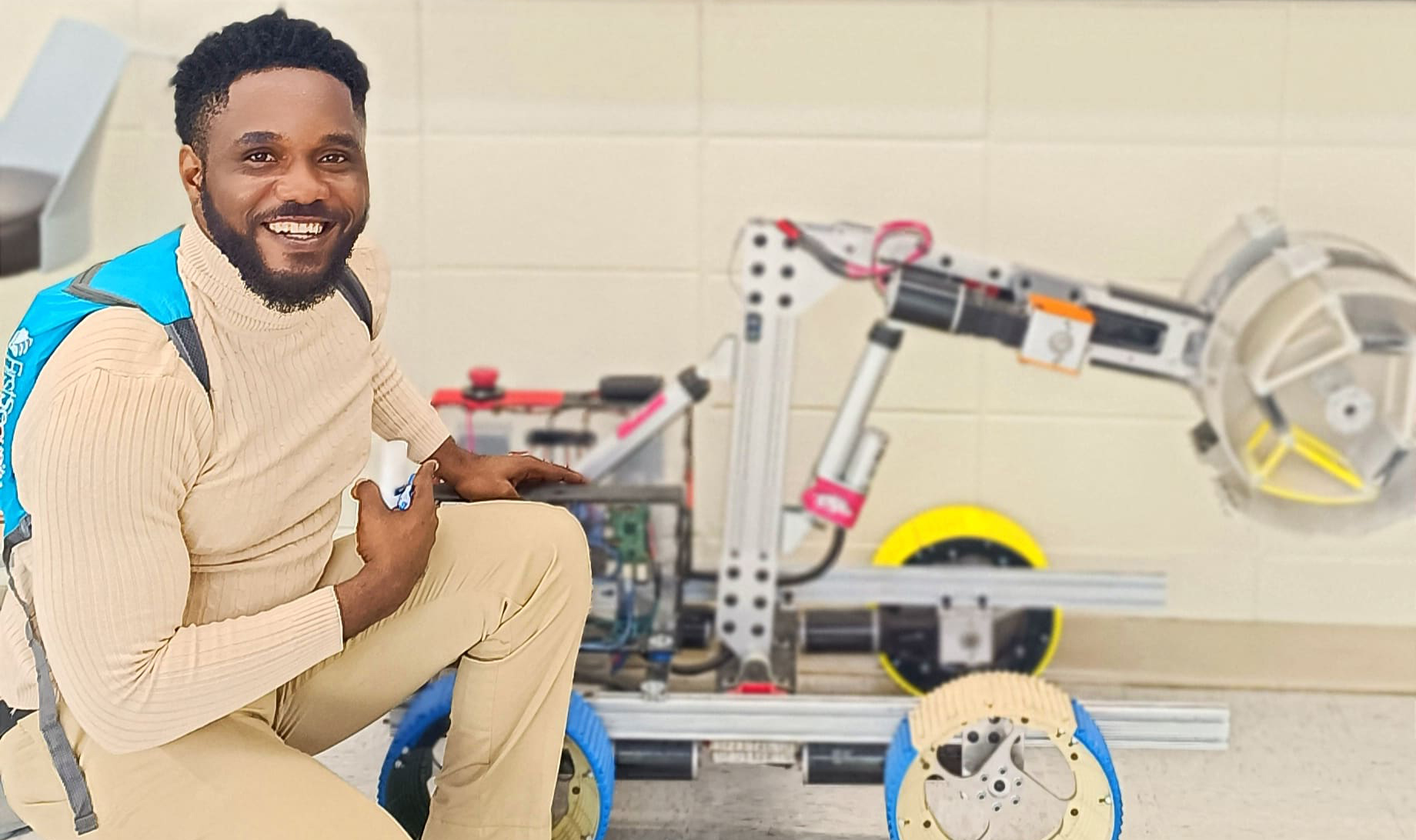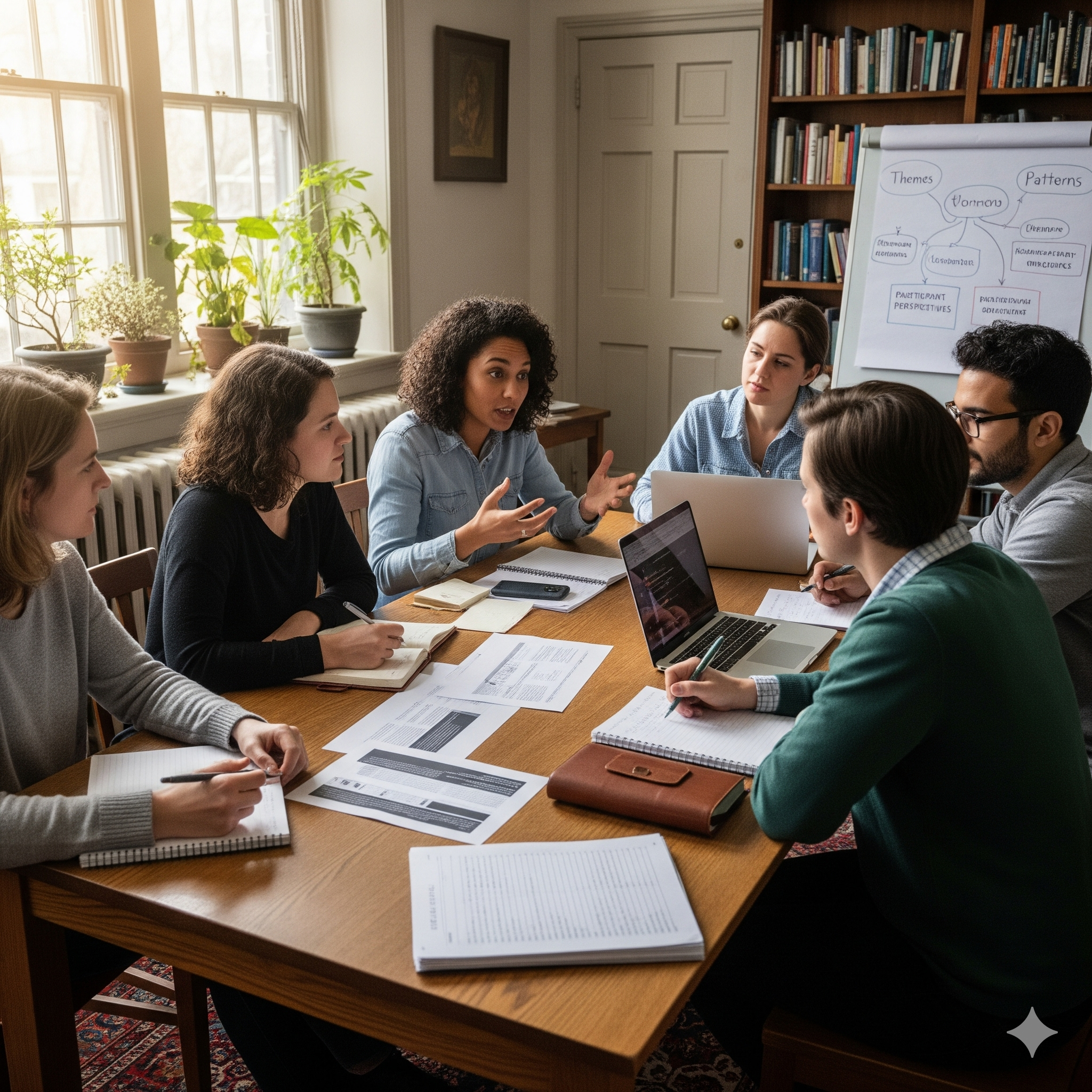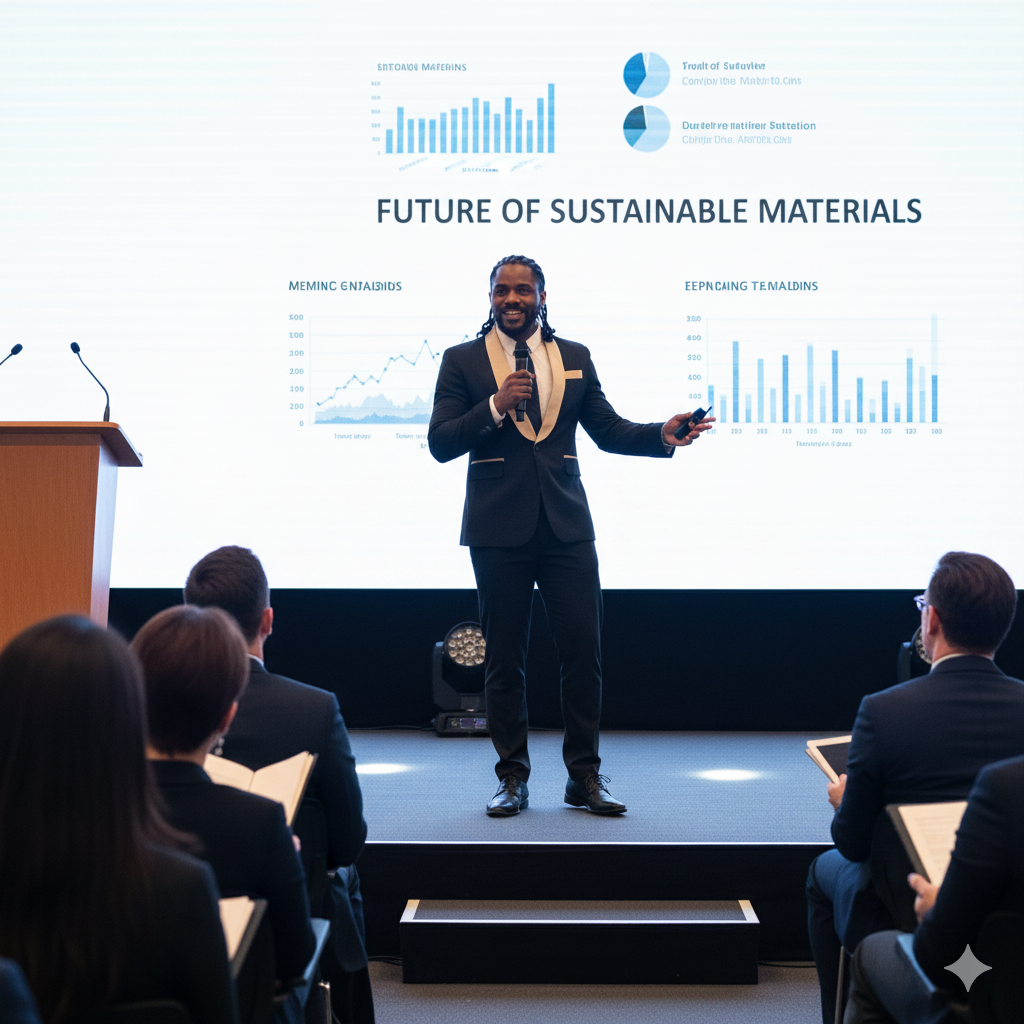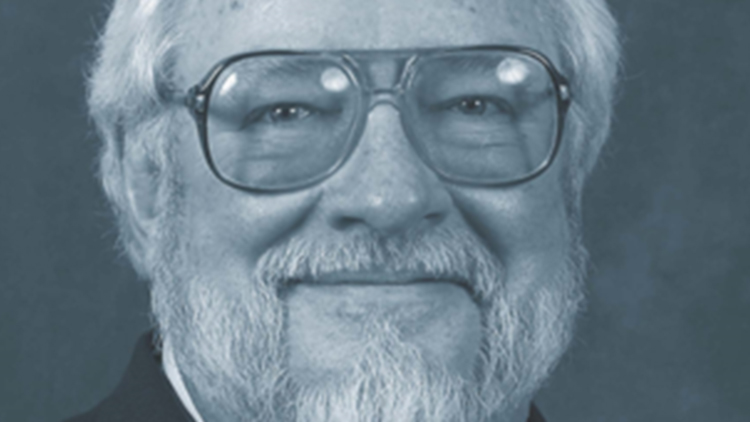Citation: Mousavi Baygi, R., Introna, L. D., & Hultin, L. (2021). Everything flows: Studying continuous socio-technological transformation in a fluid and dynamic digital world. MIS Quarterly, 45(1), 423-452. https://doi.org/10.25300/MISQ/2021/15887
What Is This Research About? 🎯
This research explores how digital innovations are continuously reshaping our world, making it more dynamic and interconnected. Instead of analyzing transformation by looking at individual people, organizations, or technologies as the main drivers of change, the researchers introduce a new perspective: focusing on the flows of actions that shape our digital environment over time.
By shifting our focus from actors to flows, we gain a deeper understanding of how technology and society evolve in a highly fluid manner, where traditional boundaries between systems, users, and organizations become blurred.
Why Does This Matter? 🤔
Traditional frameworks for studying digital transformation focus on entities—such as users, organizations, or IT systems—as key drivers of change. However, this research argues that this approach is too static. Instead, change is better understood by examining how different elements—social, technological, and institutional—interact dynamically over time.
By adopting a flow-oriented approach, researchers and practitioners can:
- Identify how transformations emerge organically instead of being planned top-down.
- Understand why certain technological shifts happen unpredictably.
- Develop better strategies for managing digital transformation by tuning into the existing flows of action rather than trying to control them.
Key Concepts 🧩
1. Flow-Oriented Thinking 🌊
- Instead of seeing technology, organizations, or users as separate entities, they should be viewed as part of an ongoing movement.
- Change occurs continuously, rather than in static steps or phases.
- Flows do not originate from a single source but emerge from multiple interacting forces.
2. Correspondence 🔄
- This refers to how different flows interact to create new possibilities for action.
- For example, a new social media trend doesn’t start because of one person; it emerges from the alignment of multiple flows, such as user behavior, technological design, and cultural shifts.
3. Timing (Kairos) ⏳
- Some moments are more crucial than others for transformation.
- Understanding kairotic moments—or opportune times—can help predict when significant shifts will occur.
- Change is not just about what happens, but when it happens in relation to other flows.
4. Attentionality 👀
- To navigate a dynamic environment, actors (such as companies or policymakers) must be attuned to ongoing flows.
- Instead of rigid planning, success depends on being exposed to the right signals and adapting in real time.
5. Undergoing 🌀
- Change isn’t just about making deliberate decisions—it’s about being shaped by the flows of action around us.
- Organizations and individuals often find themselves swept along by digital transformations rather than actively initiating them.
How Did the Researchers Study This? 🧪
The researchers developed their ideas based on the work of Tim Ingold, who studies the relationship between movement, time, and action. To apply their theory, they analyzed a real-world example:
Case Study: The Rise of #TCOT (Top Conservatives on Twitter) 🐦
They studied the emergence of the #TCOT (Top Conservatives on Twitter) hashtag, which played a major role in organizing political action in the U.S. in 2009.
Detailed Steps in Their Research Approach 🔬
- Observing the Digital World 🌍
- The researchers examined how digital transformations unfold without a central controller.
- Challenging Traditional Thinking ❌
- They critiqued the assumption that digital change happens because of specific people or organizations.
- Building a New Theoretical Model 📖
- They proposed flow-oriented thinking as an alternative to traditional actor-based explanations.
- Applying It to a Real-World Example 🔍
- They traced the evolution of #TCOT, showing how small, uncoordinated actions flowed together to create a political movement.
- Extracting Insights for Future Research and Practice 🏗️
- The findings provide guidance for how researchers and organizations should rethink their approach to digital transformation.
What Were the Results? 📊
- Digital transformation is an ongoing flow, not a single event or decision.
- Small, seemingly unrelated actions can combine into large-scale changes.
- Understanding the timing of interactions is crucial for predicting change.
- Instead of controlling digital transformation, organizations should cultivate the right conditions for change to emerge naturally.
Implications for Researchers and Practitioners 📌
For Academics 🎓
- This study encourages a shift away from traditional models that rely on actors and entities as the primary sources of change.
- Instead, researchers should focus on flows of action and how they interact over time.
For Businesses & Policymakers 🏢
- Instead of treating digital transformation as a top-down strategy, businesses should focus on observing and responding to flows.
- Policymakers can better regulate digital platforms by understanding the conditions that lead to transformation rather than focusing only on individual technologies.
Final Thoughts 💡
This research challenges the way we think about change. Instead of assuming that technological transformation is caused by specific people, organizations, or systems, it suggests that change happens through continuous, dynamic flows of action.
By embracing this perspective, researchers, businesses, and policymakers can better navigate the unpredictable nature of digital transformation and respond more effectively to emerging trends.
This document expands the research discussion, adding missing details and ensuring clarity for a broader audience. Let me know if you’d like additional refinements! 🚀










Leave a Reply